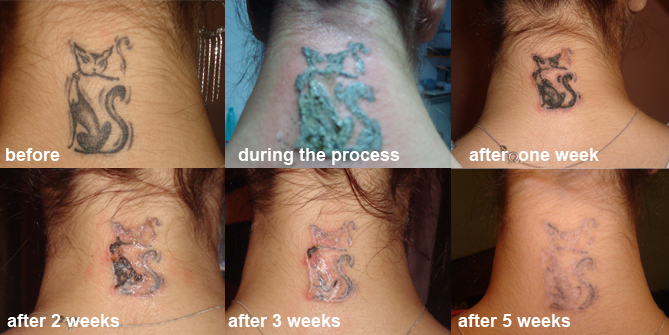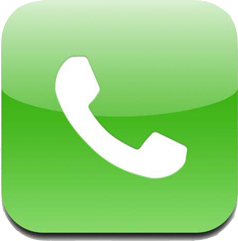Rejuvi Tattoo Removal – How It Works

Redeem Clinic
Rejuvi tattoo removal * (sometimes referred to as e-raze) was developed by professor Dr Wade Cheng a renowned and distinguished biochemist from San Francisco. Dr Cheng established the Rejuvi business in 1988 and having worked very closely with Dr. Arthur Furst, a famous toxicologist and professor at Stanford University they now successfully distribute Rejuvi tattoo removal cream to 40 countries around the world.
Redeem clinic have successfully been removing tattoos using the Rejuvi method since 2010 and their lead technician recently received the accolade of being only one of a handful of people in the country to receive qualified teaching certification status for Rejuvi tattoo removal * training.
As we know Laser tattoo removal * is not capable of removing all tattoo coloured ink pigments and consequently Redeem clinic also utilise the Rejuvi tattoo removal process that is the only recognised method of removing ALL coloured tattoo pigments other than skin grafts.
Rejuvi is not to be confused with topically applied tattoo removal * creams that can be found on the market and that are simply/physically incapable of removing tattoos. Rejuvi requires the need to insert the tattoo removal cream * into the dermis layer of the skin using specialised micropigmentation equipment in order the extract the tattoo pigments (applying tattoo removal creams to the surface of the skin will not remove tattoo pigments in the dermis layer of the skin ).
Below we explain how the Rejuvi system works:-

When looking at some ones tattoo, you see the ink through the epidermis / outer layer of skin. The ink you can see is actually in the dermis layer of the skin, which is the second layer deeper within the skin. The cells in the dermis layer encapsulate the ink particles in collagen, so the tattoo’s ink stays in place permanently.

The Rejuvi tattoo removal * cream is introduced in a similar manner to having the original tattoo in the first place and is applied using the very similar micropigmentation equipment. The needles penetrate the skin and deposits small drops of rejuvi cream to the tattooed dermis area of the skin with each insertion.

The Rejuvi tattoo removal * technique is so effective that it is feasible (although unlikely) that a tattoo could be removed in a single treatment. Normally however a tattoo will require several Rejuvi treatments, typically around 3 to 4 depending on condition, history and your individual circumstances.

The treated area should be kept dry after treatment and while the crust is on the skin. See aftercare section for more information. Some of the remaining ink can also move into the epidermis the layer of skin that is naturally being constantly shed and thus the area may lighten further over the following weeks.

The Rejuvi system is so effective it is feasible although unlikely that a tattoo can be removed in a single treatment. Normally a tattoo will take a number of treatments typically around 3 to 4 depending on condition, history and your individual circumstances.
Patients should be allow 8-12 weeks to the skin to heal prior to any subsequent treatments. If a new tattoo is to be reapplied then allow 6 months following final treatment. A single initial treatment is exampled below.

*
After the treatment the skin can have some redness which will gradually subside over time. It is important to stringently maintain your aftercare treatment to reduce the risk of any scarring whilst reducing the redness more quickly.
This specialist tattoo removal treatment allows clients to have Rejuvi tattoo removal in Hull, Rejuvi tattoo removal in Sheffield, Rejuvi tattoo removal in Leeds, Rejuvi tattoo removal in Halifax and Rejuvi tattoo removal in our Leeds clinics.
*Result may vary from person to person












